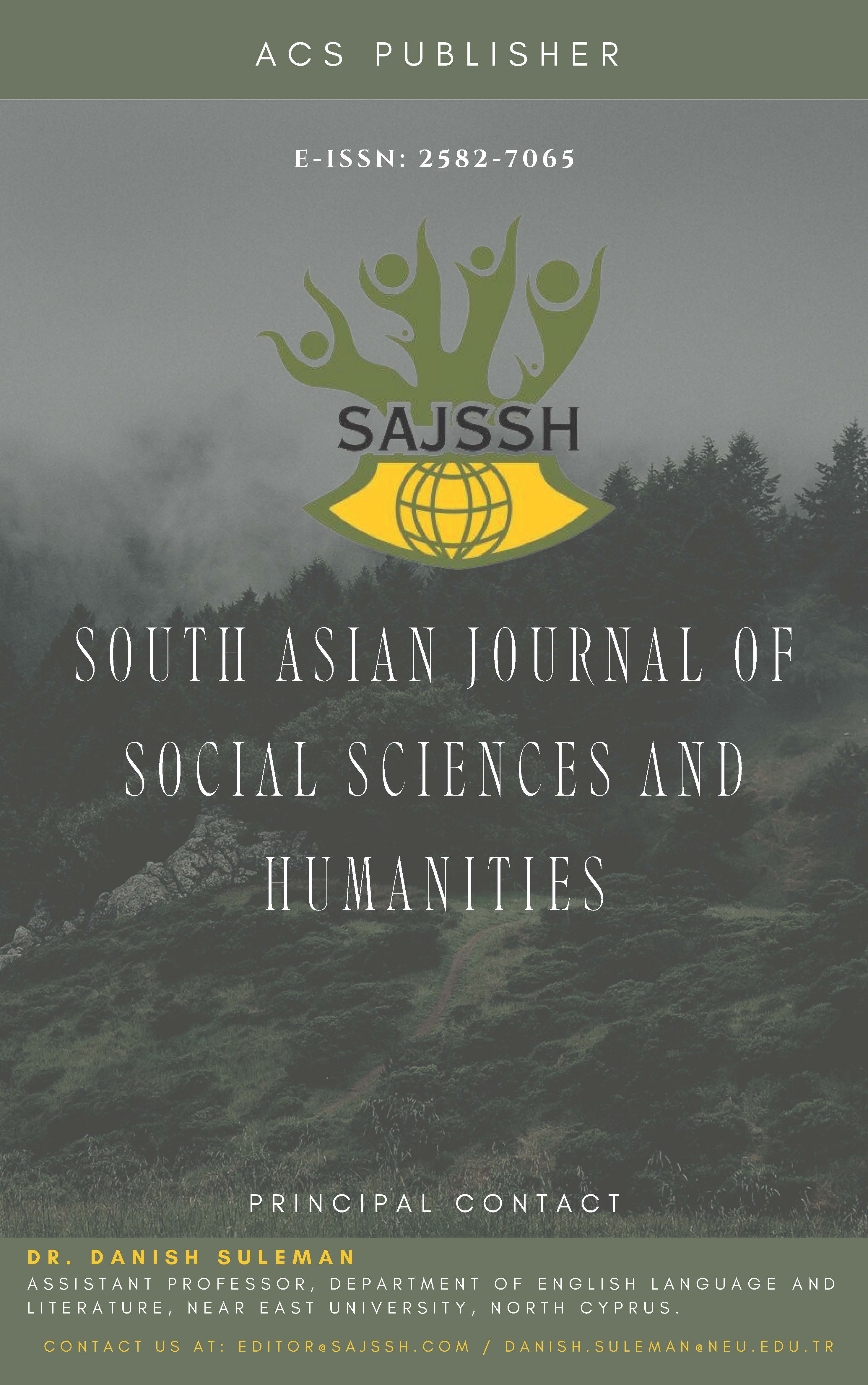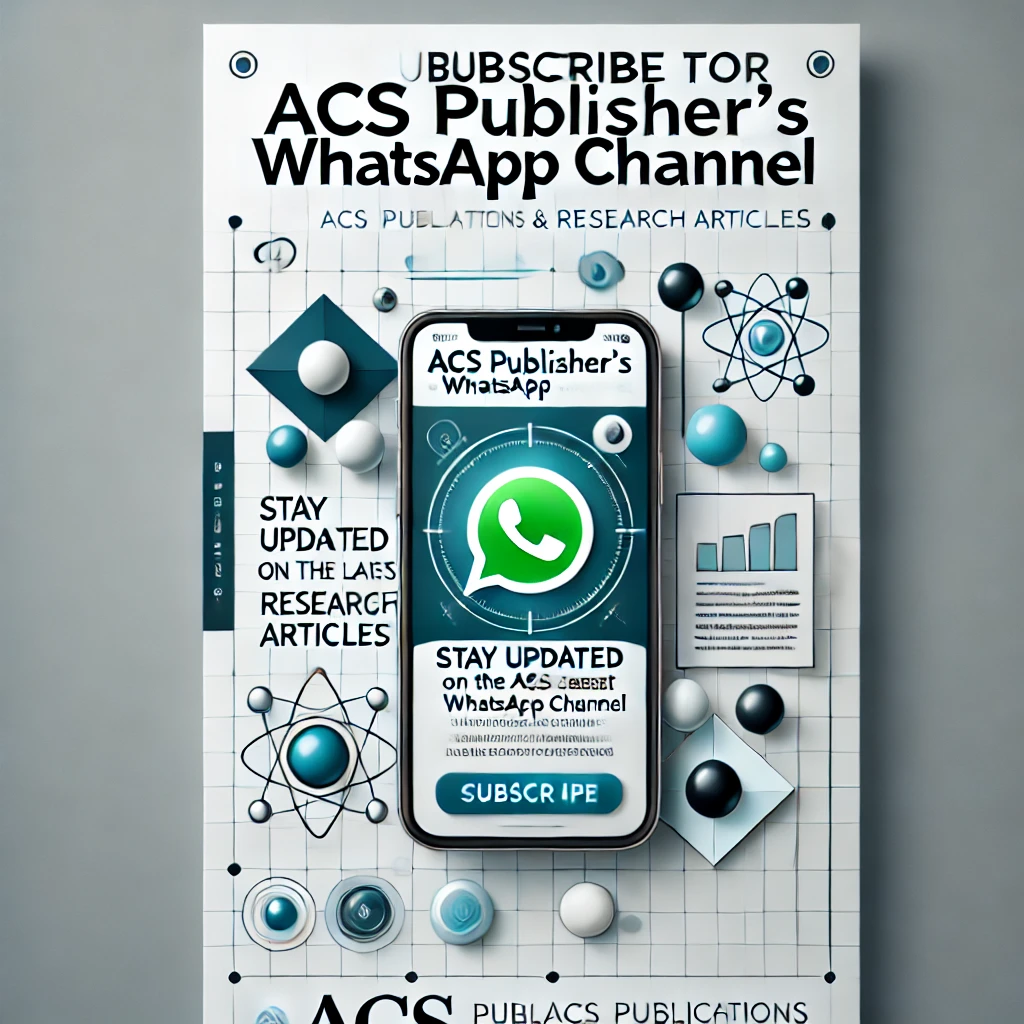Modeling the Impact of Mobile Financial Services on Financial Literacy in Rural Bangladesh: A UTAUT2-Based Approach
DOI:
https://doi.org/10.48165/sajssh.2024.6508Keywords:
Digital Financial Inclusion, Financial Literacy, Mobile Financial Services, Rural Bangladesh, Structural Equation Modeling, UTAUT2.Abstract
This paper examines how mobile financial services (MFS) shape financial literacy in rural Bangladesh through the UTAUT2 lens. We surveyed 432 rural MFS users across five districts and analyzed the data with SmartPLS 4.0 using structural equation modeling. The measurement model met standard criteria for reliability and convergent/discriminant validity. In the structural model, performance expectancy, effort expectancy, social influence, hedonic motivation, and price value emerged as the strongest drivers of behavioral intention to use MFS. Facilitating conditions and habit were positively related to actual use, and behavioral intention strongly translated into usage. Crucially, MFS use showed a positive and statistically significant association with financial literacy, suggesting that routine engagement with mobile money enhances users’ financial knowledge, awareness, and decision-making. The findings point to practical steps for policymakers and providers: improve usability and infrastructure in rural areas and run community-based awareness campaigns to broaden adoption. Pairing in-app literacy features or programs with MFS platforms could further accelerate financial empowerment outside urban centers. Conceptually, the study extends UTAUT2 by linking adoption determinants and subsequent usage to downstream financial-literacy outcomes, offering new insight into the socioeconomic effects of digital financial inclusion in rural settings.
References
Akter, S., Hossain, M. A., & Uddin, M. S. (2023). Risks and barriers in mobile financial service usage in rural Bangladesh: A qualitative analysis. Journal of Financial Services Marketing, 28(1), 12–24. https://doi.org/10.1057/s41264-023-00165-4
Alam, M. S., & Hossain, M. T. (2023). Digital finance and financial literacy: Evidence from low-income users in South Asia. South Asia Economic Journal, 24(1), 45–65.
Demirgüç-Kunt, A., Klapper, L., Singer, D., & Ansar, S. (2022). The Global Findex Database 2021: Financial inclusion, digital payments, and resilience in the age of COVID-19. World Bank Publications.
Hair, J. F., Jr., Ringle, C. M., & Sarstedt, M. (2021). Partial least squares structural equation modeling: Rigorous applications, better results, and higher acceptance. Journal of Marketing Theory and Practice, 29(2), 139–155. https://doi.org/10.1080/10696679.2021.1893717
Hasan, M. R., Rahman, M. M., & Alam, S. M. (2023). Mobile financial services and financial inclusion in Bangladesh: An empirical study. Information Development, 39(2), 153–166. https://doi.org/10.1177/02666669221119963
Henseler, J., Ringle, C. M., & Sarstedt, M. (2015). A new criterion for assessing discriminant validity in variance-based structural equation modeling. Journal of the Academy of Marketing Science, 43(1), 115–135. https://doi.org/10.1007/s11747-014-0403-8
Hu, L.-T., & Bentler, P. M. (1999). Cutoff criteria for fit indexes in covariance structure analysis: Conventional criteria versus new alternatives. Structural Equation Modeling: A Multidisciplinary Journal, 6(1), 1–55. https://doi.org/10.1080/10705519909540118
Islam, M. T., Kabir, M. R., & Ali, M. Y. (2023). Adoption of mobile banking in rural areas of Bangladesh: Applying UTAUT2 model. Asian Journal of Technology & Management Research, 13(1), 45–58.
Karim, R., & Noor, M. A. (2022). Understanding mobile banking adoption in Bangladesh: An extension of UTAUT2 model. International Journal of Bank Marketing, 40(5), 985–1002. https://doi.org/10.1108/IJBM-09-2021-0365
Lusardi, A., & Mitchell, O. S. (2014). The economic importance of financial literacy: Theory and evidence. Journal of Economic Literature, 52(1), 5–44. https://doi.org/10.1257/jel.52.1.5
Rahman, M., & Jahan, N. (2022). Digital financial literacy in rural Bangladesh: Gaps and opportunities. Bangladesh Development Studies, 45(3), 101–122.
Sultana, N., Begum, M., & Haque, T. (2022). Financial literacy and mobile money usage: Evidence from rural households in Bangladesh. Journal of Development Research, 15(2), 89–104.
Venkatesh, V., Thong, J. Y. L., & Xu, X. (2012). Consumer acceptance and use of information technology: Extending the unified theory of acceptance and use of technology. MIS Quarterly, 36(1), 157–178. https://doi.org/10.2307/41410412
Downloads
Published
Issue
Section
License
Copyright (c) 2025 South Asian Journal of Social Sciences and Humanities

This work is licensed under a Creative Commons Attribution 4.0 International License.





